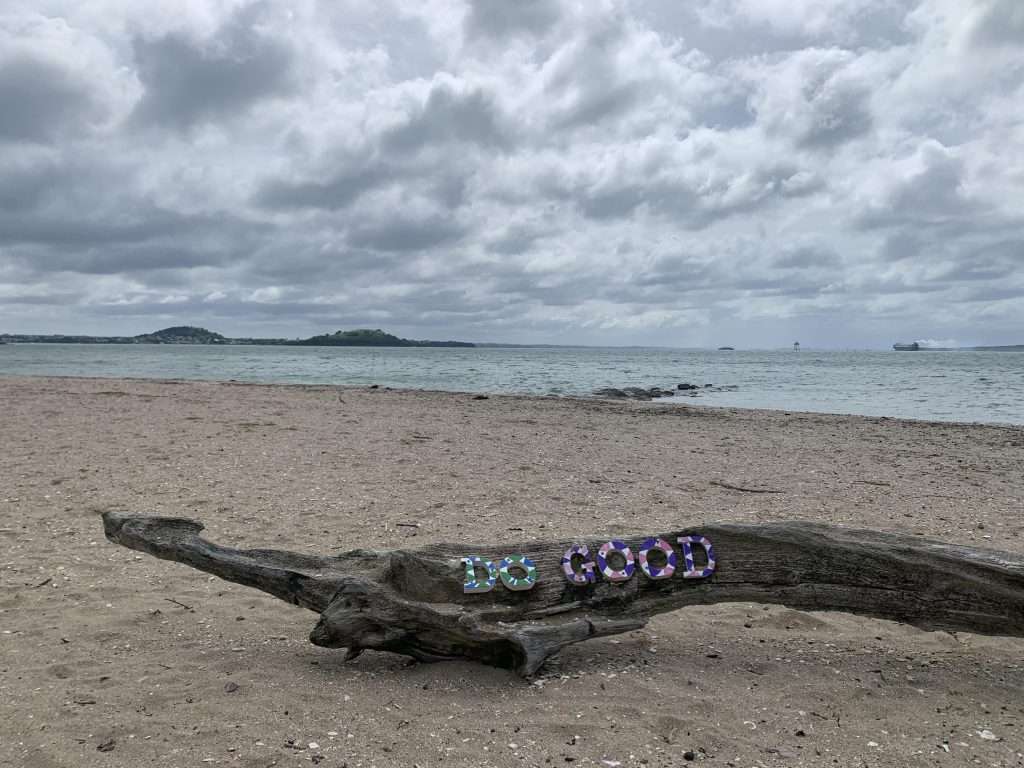
Hi everyone. If you’re like me, you’re probably going to be anxious all day due to the Elections. I’ve cast my vote for Harris/Walz. Over the past few weeks I also sent out dozens of postcards to people in swing states. I know many of you have been on the forefront, calling people, knocking on doors, and trying to convince wayward friends and relatives.
Still, it is stressful. We’ve been on edge for a decade now. I remember 2016 and the horrific years that followed. Most of us are more traumatized than we care to admit. So, here’s some advice I’m providing, mainly as a reminder for myself. According to my therapist, I often use humor when I’m stressed, so keep that in mind:
Continue reading “9 Tips for Dealing with Election-Related Stress and Anxiety”



